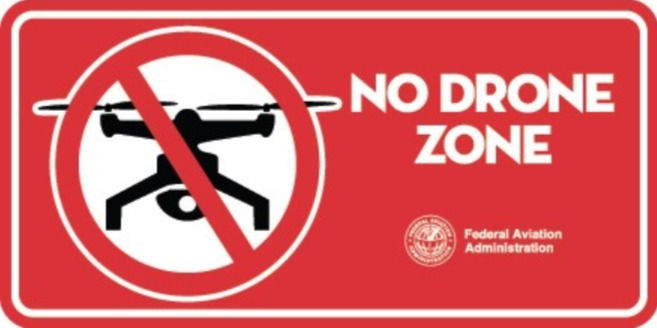Drone Insecurity-Countermeasures Currently Underwhelming
- 2244 Online

- Jan 26, 2022
- 2 min read
Wired February 2022 pp16-17 “RED ALERT” “A saboteur used a drone in a failed attempt to disrupt the US power grid. Someone will try again-and not enough is being done to stop them” by Brian Barrett
Read Wired for all the details.
Summary by 2244

Consumer grade drones have been operating for a while and so far without major consequences but attacks or intrusions have been logged. These near misses include landing on the White House lawn (2015), a failed attempt to crash a power substation in Pennsylvania (2020) and unauthorized intrusions near airports (2022).
DJI, a drone maker, fully supports greater controls on drones but admit like an automaker there’s little they can do to regulate what users will do after purchase of their devices. An array of governmental agencies including the FAA, FBI, Homeland Security and the National Counterterrorism Center are contemplating and taking some actions in an effort to repel misuse of drones.
Potential countermeasures include geofencing-”which can prevent drones from flying into certain areas,” “signal jamming” and even “trained eagles that snatch drones out of the sky” are being considered or in limited use. Such countermeasures must meet financial, logistical challenges and unintended consequences.
Homeland Security’s “Science and Technology Directorate currently leads research into counter-drone systems that are effective but not overly disruptive.” The FAA has “new rules governing the remote identification of drones in flight, and their ability to fly over people and at night.” They are testing drone detection at New Jersey’s Atlantic City International Airport with the intent to expand “to other airports, but the research and testing phase could take at least 18 months…assessing more proactive measures would likely take even longer.”



Comments